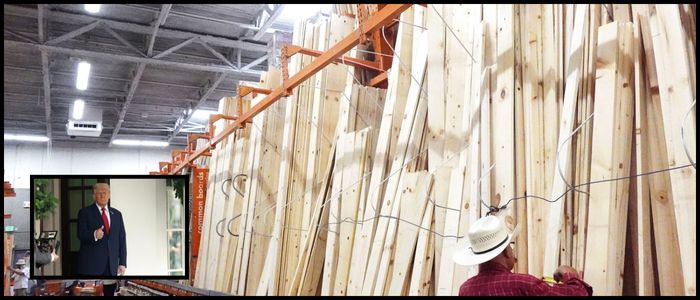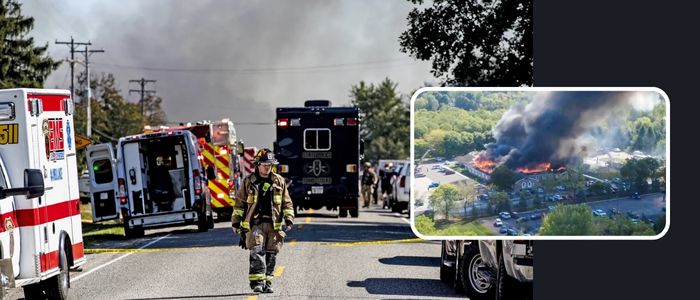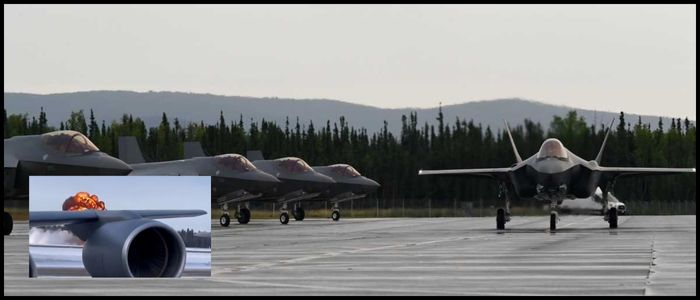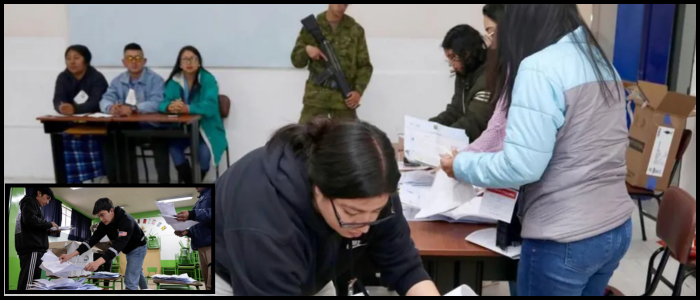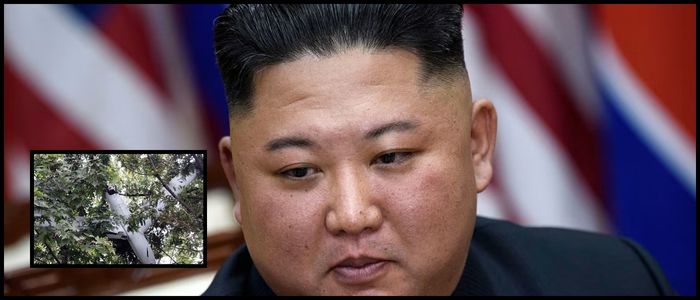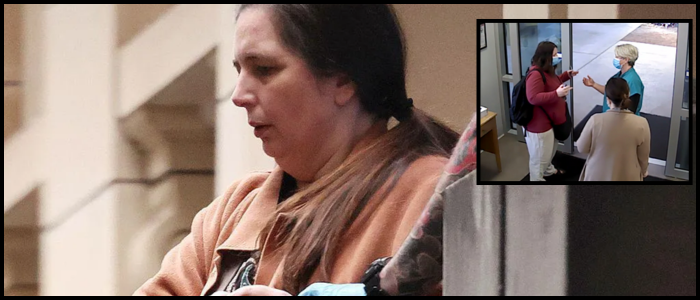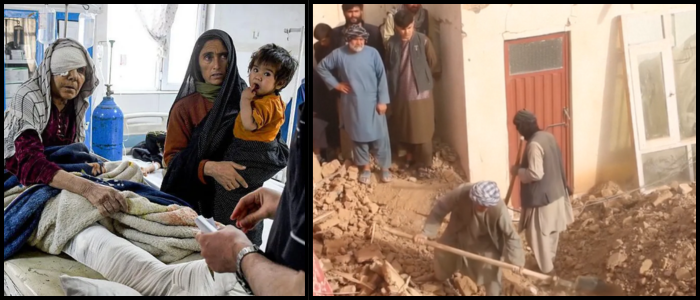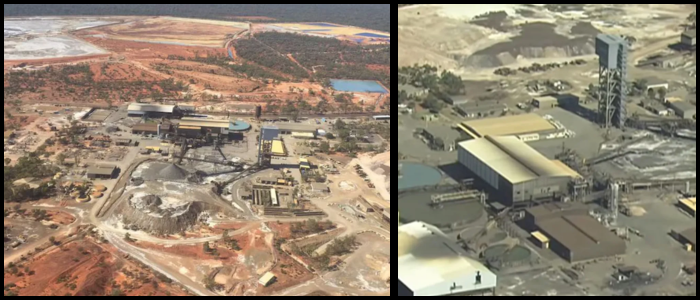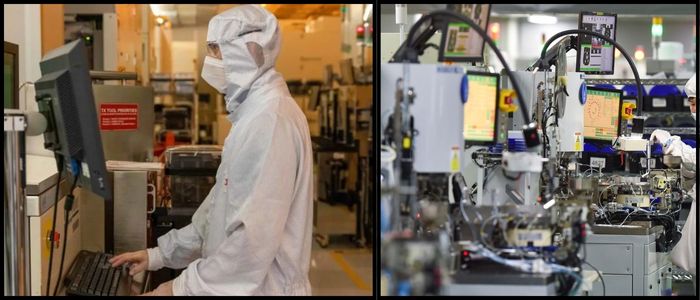Behind anti-American murals in a corner of the former US embassy compound, Boof Cafe is dispensing chilled drinks under the blistering sun of summer. Barista Amir wishes for improved relations between Iran and the US, saying sanctions are painful in day-to-day life and he could not afford to travel abroad. Nearby, patrons are emblematic of the capital's shifting population: some with traditional veils, others flagrantly flouting dress codes.
But beneath the apparently clear surface, doubts remain. A few miles away, the offices of Iran's state TV station IRIB are still charred and broken following an Israeli airstrike on June 16. A charred hulk is all that is left of a major studio, even as the supreme leader, Ayatollah Ali Khamenei, spoke to the country in a recorded speech. He blamed the US for long-standing hostility to Iran, insisting that Western powers want Iran to capitulate.
Pain Persists in Hospitals and Homes
In the hospitals of Tehran, the cost of the conflict is still plain to see. At Taleghani General Hospital, head nurse Ashraf Barghi expressed her terror that new strikes could come at any moment. The recent rash of injuries, she said, has been worse than anything she saw during the Iran-Iraq war in the 1980s.
One of the most damaging assaults came on June 23, when Israel hit near Evin prison, which detains political prisoners. Nurse Barghi's emergency ward accepted soldiers and civilians. The guard, Morteza, who was injured in the prison, contradicted the government's assertions that only military targets had been struck, saying the assault had left him wounded and traumatized.
The government's recent figures put the death toll at 627 and the number of injuries at nearly 5,000 from the recent escalation. Few people in the Iranian capital feel that they can put their guard down, not sure that the violence is really over.
A City in the Middle of the Past and Future
At Tehran's iconic Azadi Tower, the Tehran Symphony Orchestra held a concert in the hopes of imparting a sense of tranquillity. People gathered, some protesting, but others in support of Iran's leadership. People sang patriotic tunes, seeking solace during a period of uncertainty.
In the crowd, a woman by the name of Mina cried and said: May my hopes be ashes. "We worked so hard to have a good life here, but these days we don't see a future," she added. Others, such as Ali Reza, issued demands for more freedoms and asked the government to hear its people.
It continues to be the case that even under restrictions, Iranians talk far too openly about their hardships and dreams. As Tehran's congestion fills the highways and bazaars reopen, the emotional weight of the events of the past few days is still heavy. The city is still alive for now, but its people are anxiously waiting to see what comes next from their rulers — and the world.
World
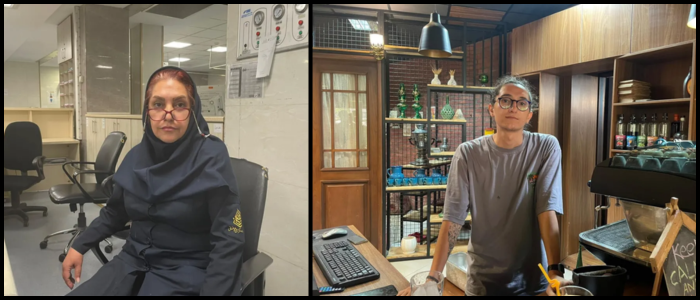
Tehran Slowly Recovers After War, Citizens Still Fearful

Tehran now is as normal as it can be after the violence that never spared the capital, but many here are still psychologically and emotionally traumatized. Take a look at a capital city that shows signs of recovery in the face of growing anxiety, from coffee shops to hospitals.



